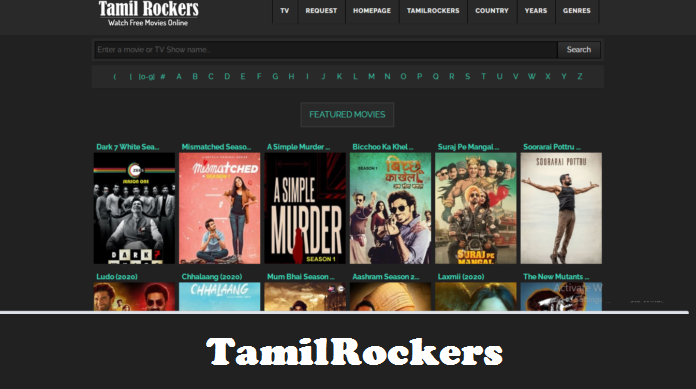In the fast-paced world of corporate communication, conveying complex information effectively is a perpetual challenge. This is where the power of infographics comes into play. Infographics blend text and visuals to distill intricate concepts into digestible and engaging formats. However, beyond imagery, the choice of infographic fonts is a pivotal factor in enhancing clarity, brand consistency, and the overall impact of the message. This exploration delves into the significance of selecting the right infographic fonts, with a focus on corporate contexts, highlighting their role, considerations, and the synergy between typography and visual communication.
The Language of Infographic Fonts
Infographic fonts are more than embellishments; they are the pillars that support information delivery. These typefaces contribute to the overall legibility, aesthetics, and alignment with the corporate brand.
- Visual Hierarchy: Infographic fonts aid in establishing visual hierarchy, guiding the reader’s eye through the content. Bold headlines, clear subheadings, and legible body text contribute to a structured and comprehensible layout.
- Consistency: Corporate visuals require a cohesive identity. Infographic fonts that align with the company’s brand fonts foster a sense of familiarity, establishing a consistent and professional appearance.
- Information Emphasis: The right choice of infographic fonts can accentuate key information. By employing different fonts for headings, quotes, and statistics, designers can emphasize the most critical elements.
The Role of Corporate Fonts
Corporate fonts, also known as brand or corporate typefaces, are the cornerstone of a company’s visual identity. They play an instrumental role in forging brand recognition and conveying the company’s essence.
- Brand Identity: Corporate fonts are chosen to resonate with the brand’s values, industry, and personality. They encapsulate the brand’s character, whether it’s sleek and modern or traditional and established.
- Consistency Across Channels: The utilization of corporate fonts in infographics ensures a seamless alignment with other communication materials. Whether it’s a website, social media, or print collateral, a consistent font approach reinforces the brand’s identity.
- Visual Trust: Corporate fonts that have become synonymous with a brand evoke a sense of trust and reliability. As viewers encounter the font in various contexts, they establish a connection with the brand’s messages.
The Design Considerations
When selecting infographic fonts for corporate communication, several factors should be taken into account:
- Readability: Above all, the fonts must be legible. Avoid overly ornate or decorative fonts that might compromise readability, especially in smaller sizes.
- Typeface Pairing: Infographic fonts can be paired strategically for visual harmony. Combining a bold display font with a clean sans-serif for body text can create a balanced composition.
- Audience: Consider the target audience’s preferences and familiarity with certain fonts. Fonts that resonate with the demographic can enhance engagement.
- Message Tone: Different fonts convey distinct tones – formal, friendly, playful, etc. Match the chosen fonts with the tone of the message being conveyed.
Conclusion
In the intricate tapestry of corporate communication, infographics are the vibrant threads that weave clarity and engagement. The careful selection of infographic fonts adds depth and significance to this tapestry. By aligning with corporate fonts and embodying the brand’s visual identity, infographic fonts become more than just letters – they are carriers of meaning, brand values, and professionalism. As designers craft infographics that illuminate data and ideas, they wield the power of typography to guide, inform, and inspire. The synergy between infographic fonts and corporate fonts showcases the intricacies of visual communication, proving that even in a digital age, the right combination of typefaces can resonate as strongly as the most compelling words.










![Is Tokyo Ghoul on Netflix? [How to Watch Online]](https://avctv.com/wp-content/uploads/2022/08/AAAABct1DaUzhEt4JeJFeDrmaE_4CGAu39fBN6poMx10hAlWlMRjkkAw84hjmuujWTy2wFC7_Pjnujec-_PqT1GCnnMFMJ15S04baJn1b0WvvbG6hrSNb31_GS4--120x86.jpg)





